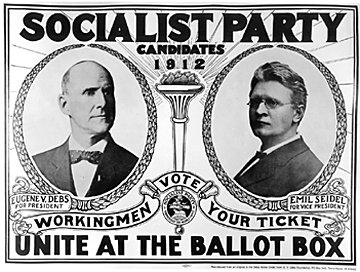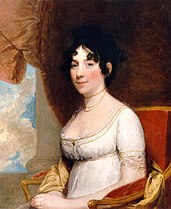
Every genealogist has a different research strategy. Some spend hours in libraries and write to record keepers in distant countries on a regular basis. Others simply click paste together every tree they can find on the internet and (hopefully) sort out the mess later. I prefer accuracy over speed, but I also know that many people can't afford the time and effort needed to build a tree based entirely on original documents. So I thought I would share my quick and cost effective research philosophy and methods.
I am soon to be an attorney, and am now very used to billing my time. So I tend to analyze different research avenues based on how much time it will take and how much it will cost me. If there is only a slim chance that I will discover useful information, then I give the research a low priority. For example, a trip to Virginia or North Carolina to view colonial records might produce a copy of a will of an ancestor or some other useful information, but the cost is not worth this discovery. Many people have already researched these colonial documents, and so it is much easier to simply rely on a summary of the document that can easily be found online. While it is not as solidly reliable as the original document, it is better than simply relying on unsourced family trees. I think this strategy provides a happy medium between costs and accuracy.
With that in mind, here is how a typical research session goes. I start on
Ancestry.com, where I keep my online family trees. I have a US records subscription through Ancestry. They offer a World records subscription, but their international records are too paltry to make this a worthwhile investment.
Typically I start my searches by looking at census records. Census records back to 1850 are very useful, as they list each member of a family and their age, allowing you to connect children with parents going backwards, assuming the names are not too common. Census records after 1880 also include the relationship of the person to the head of house (i.e., "daughter"), as well as the birthplace of the person and their parents. The most useful census of all is probably the 1900 census, as it contains the birth moth and year of each person, the number of children they have had, the year they were married, and the year they immigrated if applicable. I use ancestry.com to search census records because I like the options in their advanced search tool, but they are not the only source for this data.
FamilySearch.com's Pilot Record Search now has census records from 1850 through 1920, all for free.
I never rely solely on census records to prove a family connection. Keep in mind that some people are always missed by each census, so you should never assume that you have found your ancestor simply because only one person with that name shows up in the location where your ancestors lived. Instead, it is best to cross reference census data against other sources. What records to use depends on the location and time period of the ancestor in question. For modern (20th century) ancestors I look for birth, marriage and death records. Availability of these varies by state. I am mostly interested in families from Missouri, Kentucky and Indiana. Of these, Missouri has the best records available online. Missouri's
Digital Heritage Project has scanned
death records from 1910 through 1957 (1958 is being added now and they need your help! Email
archref@sos.mo.gov for more info!). They also have some useful 19th century records, including naturalization records and civil war service records.
A death certificate is a great place to find information as most certificates include such useful bits of info as the exact birthday, birthplace, parents' names and sometime their birthplace, and spouse's name. If no marriage records are readily available, then death certificates are the best way to learn the maiden name of a mother. And don't forget to check for the death certificates of siblings in order to confirm info. Keep in mind that death certificates are not filled out by the person who died, so the survivors might not always know the correct information. Comparing a few siblings can help sort out such inconsistencies.
If the ancestor did not live into the 20th century, then the best source for information is usually legal records, including wills and deeds (land purchase records). Obviously wills usually name the children of the deceased. But wills are rare, and deeds are a good source if no will can be found. Deeds often record gifts of land made by someone to their children prior to their death, as a way to avoid probate, so often these records will also mention family relations. Even if they do not specifically spell out the relationship, they can be a strong indication that one exists.
Finding these records can be a challenge. The online availability of these records depends on the location. Often google searches for "will book" or "deed book" plus the name of the county will bring up at least partial results. Sometimes local county pages for the
US Genweb project or the
Genealogy Trails project will have these records transcribed online. Ancestry.com also has some counties (mostly in the former colonies) in their subscription database. If the records are not to be found online, try contacting your local
Family History Center. These centers provide access to microfilm records collected by the LDS church. The catalog of records available from the FHC can be found
here. Try searching by county and state name.
Finally, if you are completely stuck and cannot find any records online for an ancestor, try genealogy message boards. It is likely you will find someone at least researching the same family. E-mail them and beg for help. They may have copies of the records you need. It worked for me, and I'm always happy when I have a chance to return the favor and help people who e-mail me for help. If you are in need of research help, e-mail me. You can find my e-mail address by clicking on "
view my complete profile."








